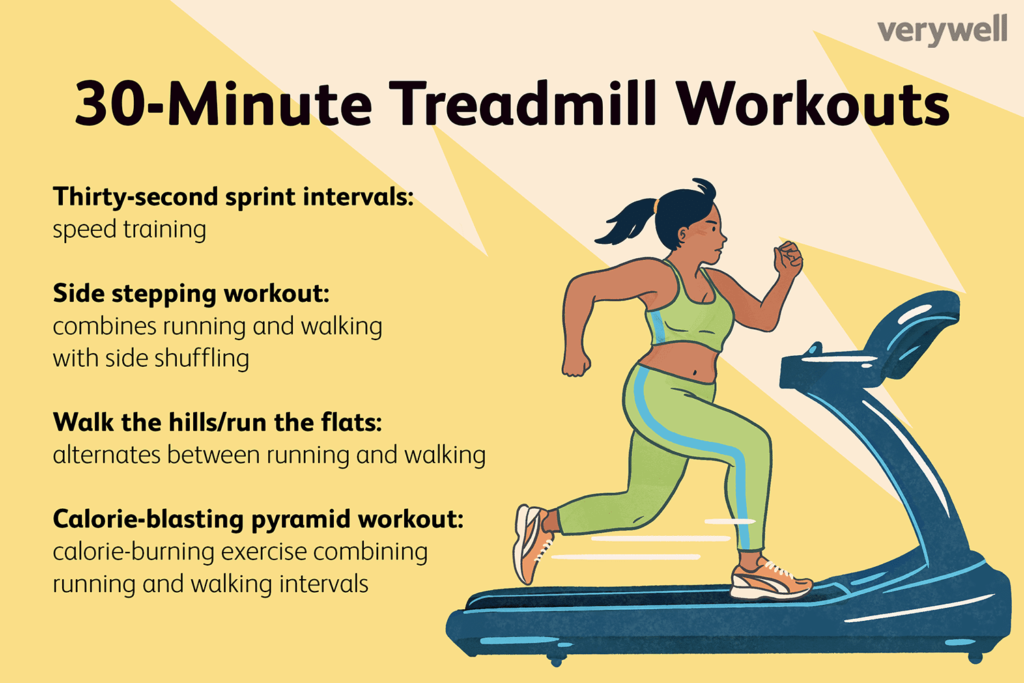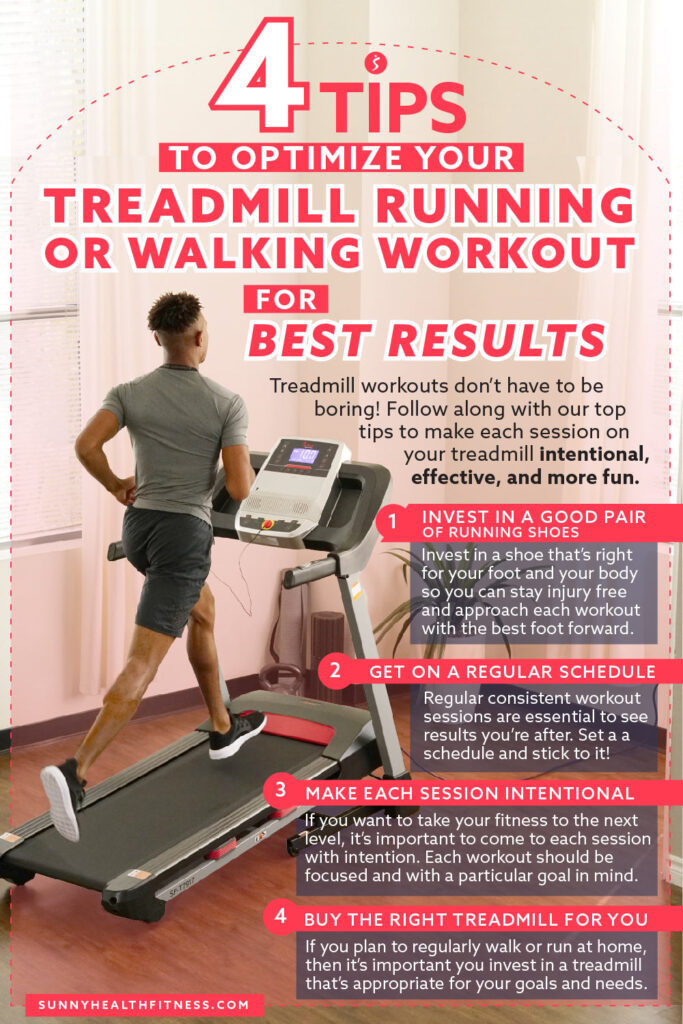Have you ever wondered if walking on a treadmill can be just as effective as walking outdoors? In this article, we explore the effectiveness of treadmills compared to walking and whether or not they can offer the same benefits. Whether you’re a fitness enthusiast or someone looking to incorporate walking into your daily routine, this article will provide insights on the effectiveness of treadmills and help you make an informed decision about your exercise choices. So, lace up your sneakers and let’s get moving!
Benefits of Walking
Physical health benefits
Walking is a simple yet highly effective form of exercise that offers numerous physical health benefits. It helps in maintaining a healthy weight, increasing cardiovascular fitness, strengthening muscles, and improving overall endurance. Walking regularly can also reduce the risk of chronic conditions such as heart disease, stroke, type 2 diabetes, and some types of cancer. Additionally, it helps in improving bone density, relieving joint pain and stiffness, and enhancing balance and coordination.
Mental health benefits
Walking not only benefits physical health but also has significant positive effects on mental well-being. Taking a stroll outside in nature can reduce stress, anxiety, and symptoms of depression. It promotes the release of feel-good chemicals in the brain like endorphins, which boosts mood and happiness. Walking also provides an opportunity to clear the mind, increase mindfulness, and improve cognitive function, memory, and concentration. It can be a great way to manage stress and improve overall mental resilience.
Weight management
One of the key advantages of walking for exercise is its role in weight management. Walking regularly can help in burning calories, increasing metabolism, and promoting weight loss. The number of calories burned during a walk depends on various factors such as speed, incline, and duration of the walk. It is a low-impact exercise that is suitable for people of all fitness levels, making it an accessible way to maintain a healthy body weight. Walking can also help in preventing weight gain, even if you have a sedentary lifestyle.
Benefits of Using a Treadmill
Convenience and accessibility
Using a treadmill offers the convenience of exercising at any time and in any weather, making it a viable option for those with busy schedules or unfavorable outdoor conditions. Whether it’s early morning or late at night, you can hop on a treadmill and get your workout done without leaving the comfort of your home. Treadmills are also readily available in most gyms, making them easily accessible to individuals seeking a consistent exercise routine.
Controlled environment
The controlled environment provided by a treadmill allows you to adjust various settings to suit your preferences and fitness goals. You can customize the speed, incline, and intensity of your workout to challenge yourself or gradually increase the difficulty over time. This feature is especially beneficial for individuals recovering from an injury or looking to gradually increase their fitness level. The ability to control the environment also provides a safer workout experience, away from external factors such as traffic, uneven surfaces, or inclement weather.
Versatility
Treadmills offer a wide range of workout options to cater to individual needs and goals. In addition to walking, treadmills provide options for jogging, running, interval training, hill workouts, and even simulated races. This versatility allows you to vary your workouts, prevent boredom, and continuously challenge your body. Many treadmills also come equipped with built-in workout programs that offer different levels of intensity and incline to keep you motivated and engaged.
Muscles Worked
Walking
Walking is a full-body exercise that engages various muscle groups. It primarily targets the muscles in the lower body, including the calves, thighs, glutes, and hamstrings. These muscles work together to propel the body forward and maintain balance during each stride. Walking also activates the muscles in the core and back, as they help stabilize the body and maintain an upright posture. While walking may not be as intense as running or other high-impact exercises, it still provides a great workout for the lower body muscles.
Treadmill
Using a treadmill activates similar muscle groups as walking outdoors. The major muscle groups engaged include the calves, thighs, glutes, and hamstrings. However, the treadmill offers additional benefits by allowing you to adjust the incline and intensity of the workout. Walking uphill on a treadmill engages the muscles in the legs even more intensely, specifically targeting the glutes and quadriceps. By increasing the incline, you can effectively strengthen and tone your lower body muscles.
Impact on Joints
Walking
Walking is a low-impact exercise that puts minimal stress on the joints, making it suitable for individuals of all ages and fitness levels. Unlike high-impact exercises like running, walking has a lower risk of causing joint injuries or exacerbating existing joint conditions. It can even help in reducing joint pain and stiffness by lubricating the joints and promoting better range of motion. Walking on softer surfaces like grass or dirt trails can further reduce the impact on joints compared to walking on concrete or asphalt.
Treadmill
Using a treadmill can also be considered a low-impact exercise, especially if you choose to walk rather than run. The cushioned surface of most treadmills helps absorb shock and reduce the impact on joints, making it a safer option for individuals with joint issues or injuries. However, when running or using higher speeds on a treadmill, the impact on joints can increase. It is important to listen to your body, use proper footwear, and gradually increase intensity to avoid putting excessive stress on the joints.
Calories Burned
Walking
The number of calories burned while walking depends on various factors such as speed, distance, and body weight. On average, a person weighing around 155 pounds can burn approximately 240 calories by walking for 60 minutes at a brisk pace of 3.5 miles per hour. Walking faster or increasing the duration of the walk can significantly increase the number of calories burned. It is important to note that individual calorie burn may vary based on factors such as metabolism, fitness level, and terrain.
Treadmill
Using a treadmill can help in burning calories at a similar rate as walking outdoors, depending on the speed and intensity of the workout. Treadmills typically have features that display the number of calories burned during a workout session, making it easier to track and monitor your progress. By increasing the speed or incline on the treadmill, you can effectively increase the calorie burn of your workout. Interval training or incorporating bursts of high-intensity exercise can also maximize calorie burn.
Cardiovascular Health
Walking
Walking is a great cardiovascular exercise that helps improve heart health and strengthen the cardiovascular system. Regular walking can reduce the risk of heart disease, lower blood pressure, and improve cholesterol levels. It increases heart rate, improving circulation, and the delivery of oxygen and nutrients to the body’s tissues. Walking also helps manage weight, reduce inflammation, and improve overall cardiac function. Incorporating brisk walking or uphill walking into your routine can further enhance the cardiovascular benefits.
Treadmill
Using a treadmill provides the same cardiovascular benefits as walking outdoors. The ability to adjust speed and incline allows you to customize your workout to challenge your cardiovascular system. By increasing the intensity of your treadmill workout, you can elevate your heart rate, improve endurance, and strengthen your heart. Regular treadmill workouts can contribute to reducing the risk of heart disease and other cardiovascular conditions.
Difficulty and Intensity
Walking
Walking is generally considered a moderate-intensity exercise. The difficulty level of walking varies based on factors such as speed, terrain, and individual fitness level. Walking at a brisk pace or uphill can increase the intensity and elevate the heart rate, providing a more challenging workout. However, walking is often seen as a more manageable and accessible form of exercise for individuals who are just starting their fitness journey or have physical limitations.
Treadmill
Using a treadmill allows you to control the difficulty and intensity of your workout with ease. The ability to adjust speed, incline, and workout duration makes it possible to tailor your workout to your individual fitness level and goals. Whether you prefer a light walk or a vigorous run, a treadmill provides the flexibility to adjust the difficulty level to suit your needs. By gradually increasing speed or incline over time, you can continuously challenge yourself and improve endurance.
Incline and Resistance Options
Walking
Walking outdoors does not provide options for adjusting incline or resistance, as it is dependent on the natural terrain. However, incorporating hills or inclines into your walking route can add a level of difficulty to the workout. Walking uphill engages additional muscle groups, increases the intensity, and burns more calories. It challenges the cardiovascular system and provides a great opportunity to strengthen the lower body muscles.
Treadmill
One of the major advantages of using a treadmill is the ability to adjust the incline and resistance. Treadmills offer a range of incline options, allowing you to simulate uphill walking or running. By increasing the incline, you can intensify your workout, engage more muscles, and target specific areas such as the glutes and quadriceps. Some treadmills also provide resistance options, similar to using an elliptical or stair climber, to further enhance the workout experience.
Safety Considerations
Walking
Walking is generally considered a safe form of exercise, but there are some safety considerations to keep in mind. It is important to choose well-lit and pedestrian-friendly routes, especially when walking outside during dawn, dusk, or nighttime. Wearing comfortable and supportive footwear is crucial to prevent foot and ankle injuries. It is also recommended to warm up before walking and stretch afterward to prevent muscle strain. When walking in hot or cold weather, be mindful of hydration and dress appropriately to avoid heatstroke or hypothermia.
Treadmill
Using a treadmill also comes with its own set of safety considerations. It is important to familiarize yourself with the treadmill’s controls and safety features before use. Always warm up and cool down before and after a treadmill workout to prevent muscle injuries. Ensure that the treadmill belt is properly aligned and adjusted to avoid slips or falls. It is crucial to maintain proper posture and balance while using a treadmill, especially at higher speeds or inclines. If you have any existing health conditions or concerns, consult with a healthcare professional before starting a treadmill exercise program.
Variety and Entertainment
Walking
Walking outdoors provides the opportunity to explore different routes, parks, or trails, adding variety and enjoyment to the exercise routine. Walking in nature allows you to connect with the surroundings, enjoy fresh air, and experience tranquility. You can also walk with a friend, family member, or pet, making it a social activity. Listening to music, podcasts, or audiobooks while walking can further enhance the experience and make the workout more enjoyable.
Treadmill
Treadmills offer options for entertainment and variety while exercising. Many treadmills are equipped with built-in screens, allowing you to watch TV shows, movies, or even virtual courses while working out. Some treadmills also have compatibility with fitness apps or virtual trainers, providing guidance and motivation during your workout. By incorporating entertainment options, you can keep your mind engaged and make your treadmill workout more enjoyable, helping to increase consistency and adherence to an exercise routine.
In conclusion, both walking and using a treadmill offer a wide range of benefits for physical and mental health. While walking outdoors allows for a more natural and immersive experience, using a treadmill provides convenience, control, and the option for customization. Whether you prefer the outdoor scenery or the controlled environment of a treadmill, incorporating regular walking or treadmill workouts into your routine can greatly contribute to your overall well-being. Choose the option that suits your preferences, goals, and individual circumstances, and enjoy the many benefits of walking or treadmill exercise.











